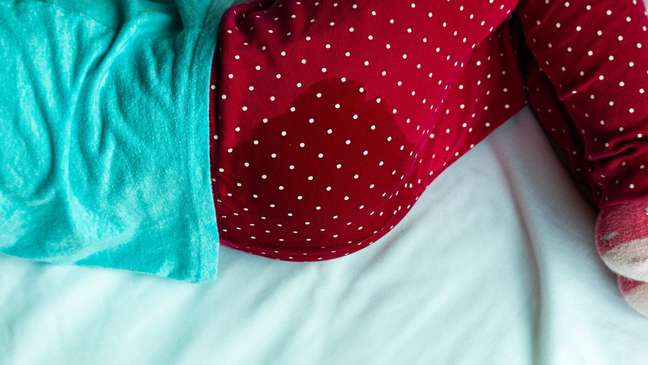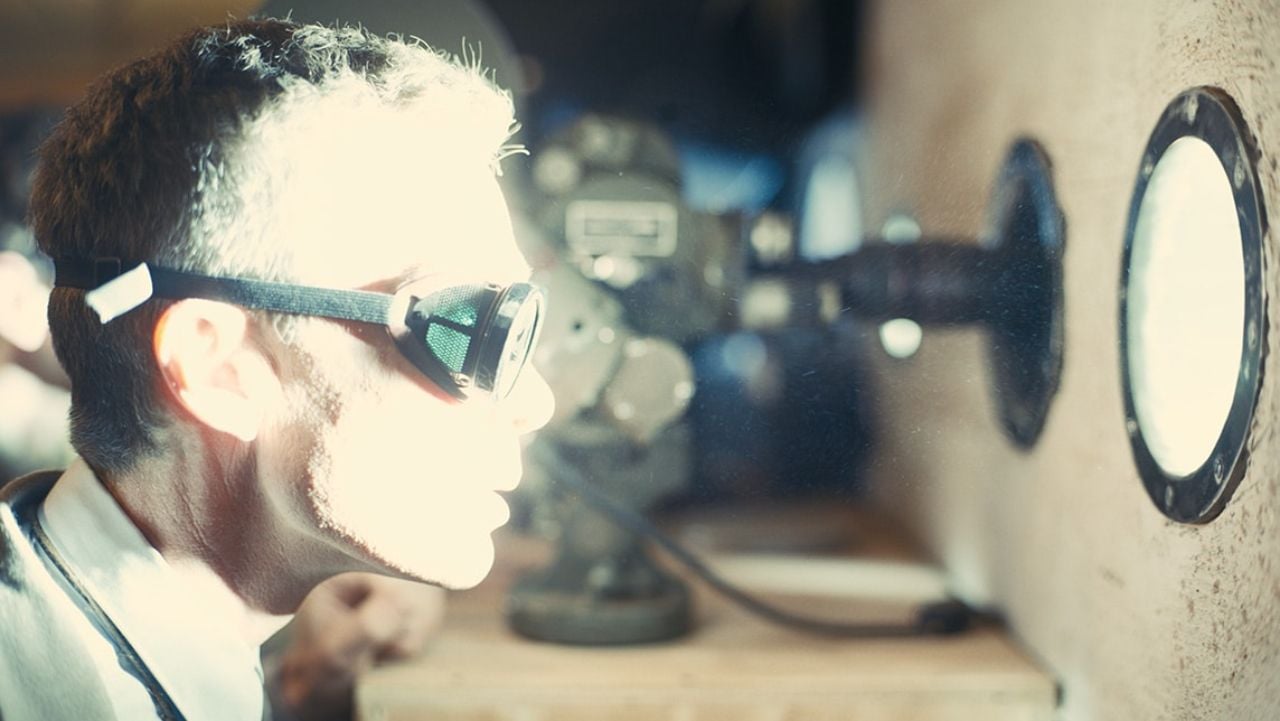Pediatrician Gustavo Moreira, doctor of the Instituto do Sono, talks about obstructive sleep apnea, one of the causes of bed-wetting in childhood

The famous “bedwetting”, also called bedwetting, is a condition that affects approx 15% of children from the age of fiveaccording to the Brazilian Society of Urology (SBU), and can be associated with physical, genetic, hormonal and emotional conditions.
However, a little known cause that causes babies to wet their bed at night is obstructive sleep apnea, a disorder that has snoring as one of the main symptoms. “Parents must take the child who snores frequently to the doctor for tests to be carried out,” warns pediatrician Gustavo Moreira, pediatrician at the Institute of Sleep.
Obstructive sleep apnea is caused by total closure or partial airways during sleep, provoking the momentary arrest of breathing. According to the National Sleep Foundation, in the United States, the disorder leads to bedwetting because it accelerates the production of a hormone, called atrial natriuretic peptide, prompting the kidneys to excrete extra urine during sleep.
Obstructive apnea: diagnosis and treatment
Snoring three times a week, retching at night, mouth breathing, restless sleep, and hyperactivity during the day are symptoms of obstructive sleep apnea. The disorder affects between 1% and 5% of children, particularly between 2 and 8 years of age. If not taken care of, it can affect learning and retard growthincreasing high blood pressure and increasing the risk of heart disease in adulthood.

In childhood, risk factors for obstructive sleep apnea are tonsils and / or adenoids, obesity, facial bone conformation leading to mouth breathing, allergic rhinitis, and family history. The diagnosis is made after performing polysomnography, a non-invasive test that measures respiratory, muscle and brain activity during sleep.
In view of the result, the doctor will prescribe a treatment, which can range from diet to surgery to remove the tonsils and adenoid. Now, if he has rhinitis, the little patient will have to undergo a specific treatment. This is because allergies can cause swelling and nasal congestion.
However, in other cases, the doctor will refer the child for orthodontic evaluations, which will detect possible abnormalities such as mouth breathing, open or cross bites, an elongated face, and reduced jaw growth.
Get informed!
In addition, to guide parents on obstructive apnea, the Sleep Institute, with the support of the AFIP (Association of Research Assistance Fund), has dedicated an issue of Dona Ciência’s comic book collection to the subject. Interested parties can access the content free of charge through the institute’s website.
Idealized by Dr. Monica Andersen, Director of Education and Research of the Instituto do Sono, the collection presents Science, its concepts and discoveries for children and adolescents, in a playful and simplified way. Read and find out more!
Source: Gustavo Moreira, pediatrician of the Instituto do Sono.
+The best content in your email for free. Choose your favorite Earth Newsletter. Click here!
Source: Terra
Benjamin Smith is a fashion journalist and author at Gossipify, known for his coverage of the latest fashion trends and industry insights. He writes about clothing, shoes, accessories, and runway shows, providing in-depth analysis and unique perspectives. He’s respected for his ability to spot emerging designers and trends, and for providing practical fashion advice to readers.






